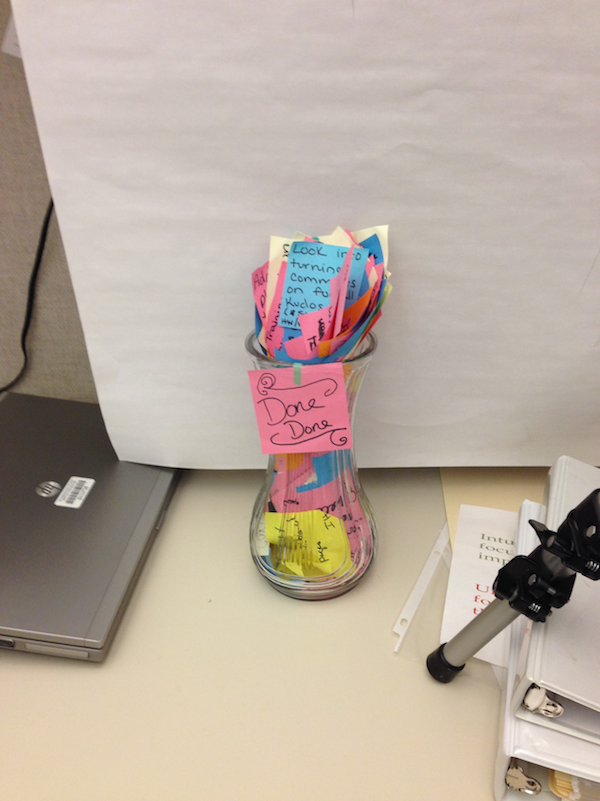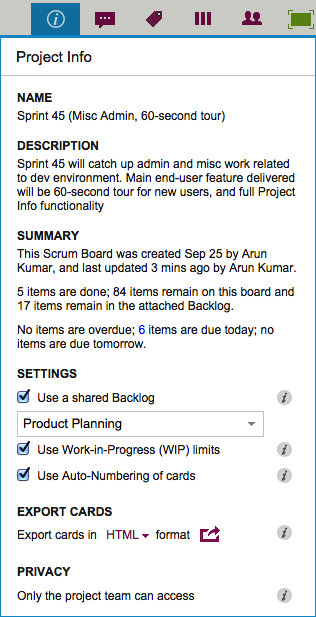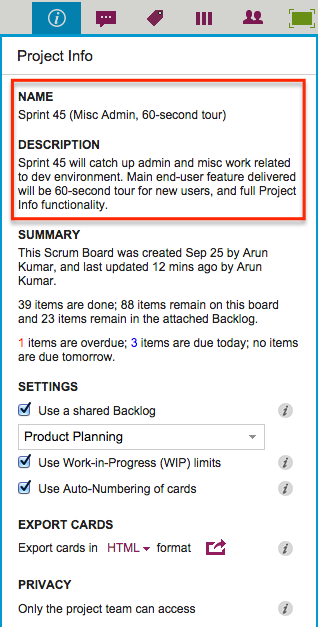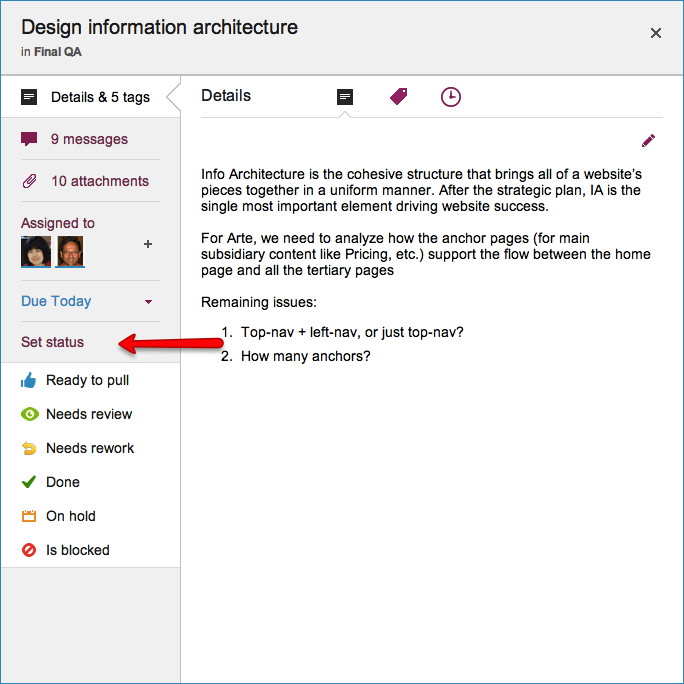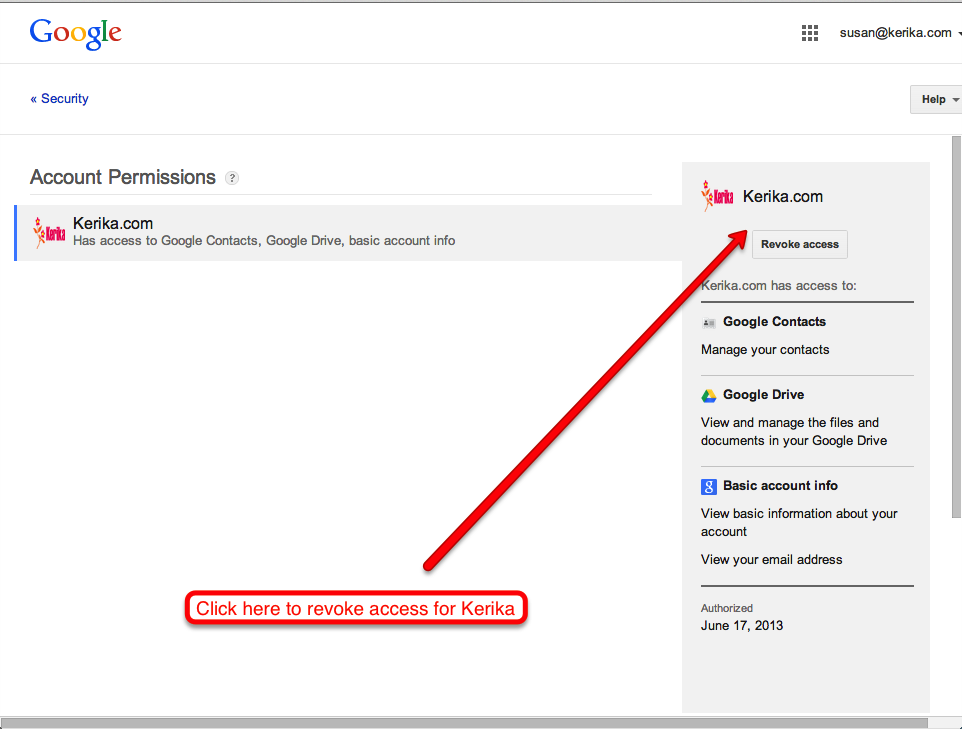After a rather long hiatus (over three years!), Kerika is back, and with a bang!
We owe the world some explanation of why Kerika disappeared, and why it is now reappearing…
Here’s what happened: when we launched Kerika back in 2006, it was as a desktop application, written entirely in Java so that it would run on Windows, Macs and Linux computers. People really liked the concept, particularly the innovative user interface and the ease with which one could do document management. But, there were two serious drawbacks with that first version:
- The biggest problem was our reliance upon JXTA, an open-source peer-to-peer communication technology that had been hatched at Sun Microsystems (remember them?) by none other than the legendary Bill Joy. On paper, JXTA looked perfect: it’s theoretical model and architecture exactly matched our needs. In practice, however, it proved to be a disastrous technology choice.
- The other big problem we had was that Kerika 1.0 was a desktop application, which meant that it needed to get downloaded, and users needed to configure their firewalls to let the JXTA traffic go through. This proved to be a huge hurdle for many people who were interested in the product, but couldn’t get it past their IT gatekeepers.
Eventually, we ran out of time and money, which is really the same thing from a startup’s perspective. Of the two flaws listed above, the dependency on JXTA was really the killer: it meant that we couldn’t reliably provide communication or transfer of files between users. (And the topic of JXTA really merits its own blog post.)
And, so, we had to pack up our tents and go get “regular” jobs.
That’s the story of why Kerika disappeared.
What’s more interesting, is the story of why Kerika is now reappearing:
A funny thing happened, in the 3 years that Kerika v1 was taken off the market: people kept writing in asking for the product. (We had never taken down the website, so the demos were still available; you just couldn’t download the product any more.)
This got us thinking that maybe Kerika was fundamentally a good idea, but we had screwed up the execution of that idea. And there was another thing that surprised us: in the intervening years, no one else released anything like Kerika –a flexible whiteboard on which you could sketch out your ideas and plans, and also embed your content.
Last Spring, we sent an email to our old user base, trying to understand better what it was they found attractive about Kerika, and, in the process, trying to gauge the interest in reviving the product. The replies we received convinced us that (a) Kerika was, fundamentally, a good idea, at heart, and (b) the needs it served were still not being met by anything else in the market.
In August we reconstituted the Kerika team: a different team than before, with the skills that we would need to rebuild Kerika, from scratch, as a Web application. We have been hard at work ever since, and have done a compete rebuild – not a single line of code was reused! – and now we are ready to present to you the fruits of our labors.
In the next few blog posts, we will talk about the new product, the challenges we faced, the choices we made, and the lessons we learned from Kerika v1 (or “K1” as we like to call it.)
Welcome back.



